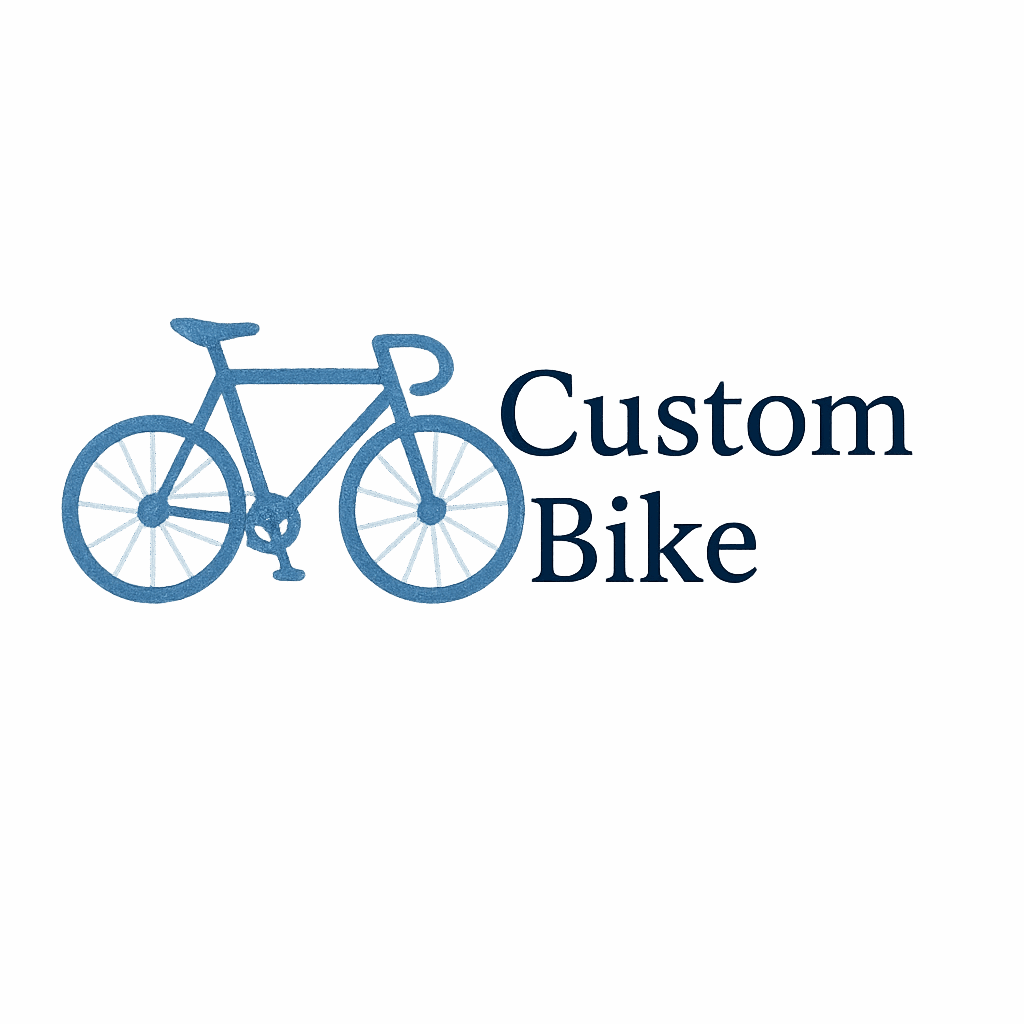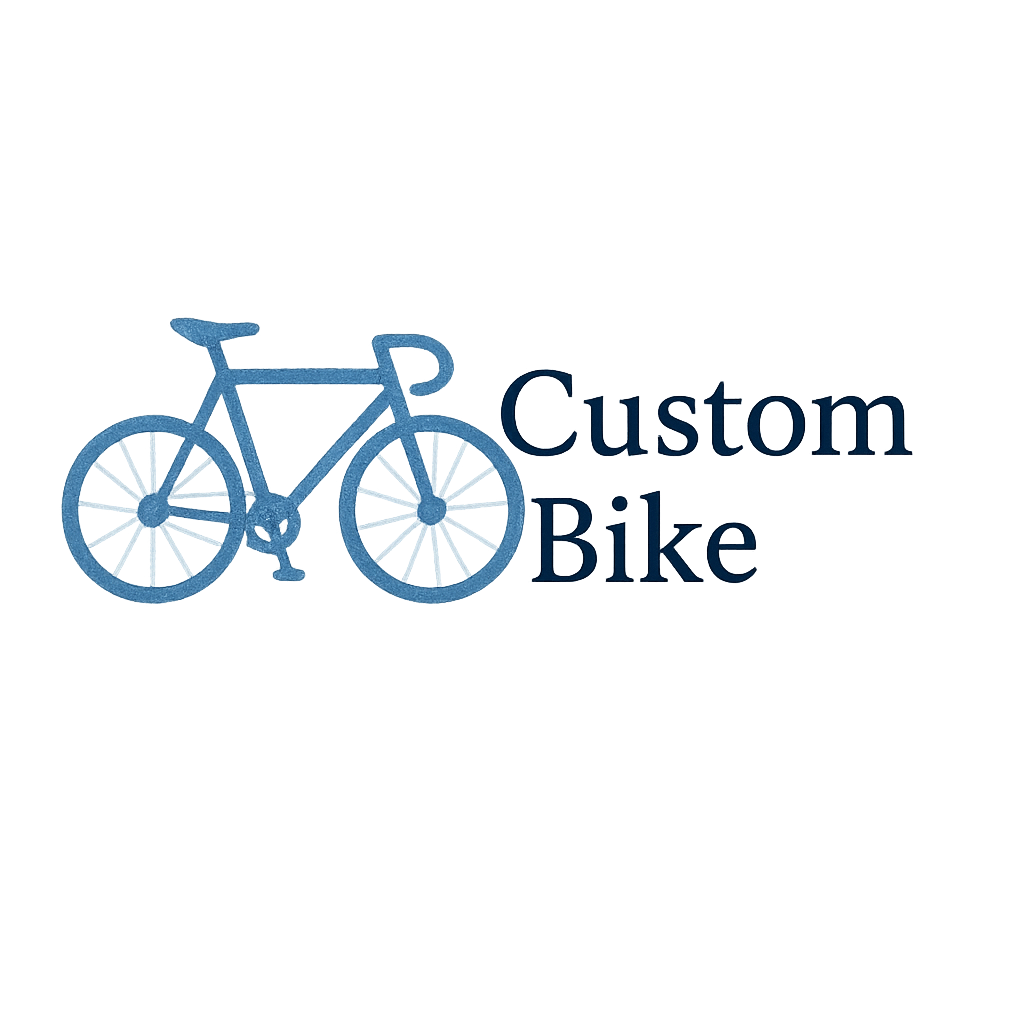Looking to upgrade your ride? Whether you’re building your dream two-wheeled machine or simply swapping out a tired old tire, choosing the right custom bike tires can seriously transform your cycling experience. From gravel paths to urban streets, tires play a huge role in how your bike handles and feels. Let’s explore the 8 best types of custom bike tires for every kind of terrain.
Why Choosing the Right Bike Tire Matters
You wouldn’t wear flip-flops to a mountain hike, right? The same logic applies to bike tires. The wrong tire can slow you down, reduce grip, and even make riding unsafe. Picking the right one helps you match performance to purpose — and that makes all the difference.
Understanding Tire Anatomy
Before diving in, let’s quickly talk anatomy. Tires have treads, beads, casings, and compounds — and each part influences grip, speed, and durability. Choosing a custom tire lets you tweak these elements for the smoothest ride possible.
Matching Tires to Riding Style
Are you all about adrenaline-pumping downhill trails, or do you prefer chill city rides? Your terrain and style should shape your tire decision. That’s the magic of custom bike building — every part is tailor-made to suit your ride.
1. Knobby Tires for Mountain Trails
When the path gets rough, knobby tires get going. With deep, aggressive treads, they bite into dirt, rocks, and roots.
Best for Loose Dirt and Rocky Paths
These tires are ideal for technical mountain trails. They offer unmatched traction and confidence when climbing or descending rough terrain.
Featured in Custom Builds
Want to push performance to the limit? Pair knobby tires with a rugged frame and hydraulic suspension. For inspiration, check out the bike project gallery on Emporium Bikes for custom mountain builds.
2. Slick Tires for Urban Commuting
Slick tires are the go-to for city cyclists. These tires have minimal tread, making them lightning fast on pavement.
Smooth Ride on Pavement
Less tread means more rubber on the road, translating to better speed and efficiency. Perfect for daily commuters or weekend coffee runs.
Maintenance Tips for City Riding
City riding wears tires fast. Stay ahead of the curve with tips from bike maintenance experts and keep your ride in peak shape.
3. Fat Tires for Snow and Sand
Meet the monster trucks of the bike world: fat tires. With widths up to 5 inches, they float over soft terrain like a dream.
Float Over Soft Terrain
These are perfect for winter biking or beach cruising. Think of them as snowshoes for your bike!
Performance Considerations
They’re heavier, yes, but their grip and comfort are unmatched. Explore performance setups to balance control and weight.

4. Gravel Tires for Mixed Surfaces
Gravel tires are like the Swiss army knife of bike tires. Whether it’s pavement, dirt, or crushed stone, they adapt beautifully.
The Perfect Balance of Grip and Roll
They combine a semi-slick center with knobby edges. That means fast rolling on flats and extra grip on sketchy curves.
Ideal for Adventure Builds
Perfect for custom bike adventurers who love spontaneous off-road detours. Check out bike-building ideas to craft your own all-terrain beast.
5. Cyclocross Tires for Mud and Grass
Think of these as the muddy cousin of road tires. Cyclocross tires are narrow but have aggressive tread patterns designed for wet, grassy, and sloppy racecourses.
Lightweight, Grippy, and Aggressive
These tires cut through slop while still rolling fast. They’re often used in competitive off-road races, but casual riders love them too.
Cleaning and Care Tips
Mud can wreak havoc. Learn top bike cleaning tricks to keep your gear grime-free.
6. Touring Tires for Long-Distance Rides
Going the distance? You’ll want touring tires — durable, puncture-resistant, and built for comfort over hundreds of miles.
Built to Go the Distance
Touring tires prioritize durability and load capacity, with thick sidewalls and smart tread design.
Must-Have Components for Touring Bikes
From reinforced bike parts to ergonomic handlebars, touring setups are all about long-haul comfort. Don’t forget to review essential items before you set off.
7. Downhill Tires for High-Speed Descents
Need a tire that won’t flinch at 40 mph descents? Downhill tires are overbuilt for strength and grip.
Confidence at Top Speeds
They’re thick, reinforced, and offer maximum surface contact. Ideal for gravity-fed thrill seekers.
Custom Bike Builds for Downhill
Downhill bikes often feature custom components, including wide bars, disc brakes, and beefy suspension. Explore the latest tuning tips to dial in your setup.
8. Hybrid Tires for Versatility
For those who ride a little bit of everything, hybrid tires offer the best of both worlds.
Jack-of-All-Terrains Tire
They combine a semi-smooth center with just enough side tread to handle light off-road adventures.
Best for Beginners and First Custom Bikes
Hybrid tires are great if you’re building your first bike or want an all-around setup. They pair well with creative bike design ideas and custom paint jobs too.
Tips for Choosing the Right Custom Tire
Still unsure? Here’s a quick guide to help you pick the perfect tire.
Consider Your Terrain and Use Case
Start with where you ride most — urban, off-road, long-distance, or mixed terrain. Match the tire’s tread and width to that terrain.
Factor in Tire Pressure and Width
Lower pressure = better grip. Higher pressure = faster rolling. Wider tires are comfy but heavier. It’s all a balancing act!
Conclusion
Customizing your bike tires isn’t just about looks — it’s about unlocking the ride of your dreams. Whether you’re cruising through the city or tearing down a trail, the right tire changes everything. Dive into the world of custom cycling with help from Emporium Bikes and make every ride your best yet.
FAQs
1. What’s the best tire for both city and trail riding?
Hybrid tires are ideal for mixed-use. They handle pavement and light trails without a hitch.
2. How often should I replace my bike tires?
It depends on terrain and usage. For regular riders, check treads and sidewalls every 3-6 months.
3. Can I use fat tires on regular bikes?
Only if your frame allows. Fat tires need wider forks and more clearance than standard frames.
4. Are slick tires safe in wet weather?
Yes, if you go with quality compounds. But they won’t grip as well as knobby or all-weather tires.
5. What tire pressure should I use for mountain biking?
Lower pressures (20-30 psi) offer better grip on trails. Just don’t go too low to avoid pinch flats.
6. How can I clean my tires after a muddy ride?
Use warm water, mild soap, and a stiff brush. Visit our bike cleaning section for full guides.
7. Where can I get help building a custom bike?
Check out the custom bike building section at Emporium Bikes for step-by-step help and parts.


